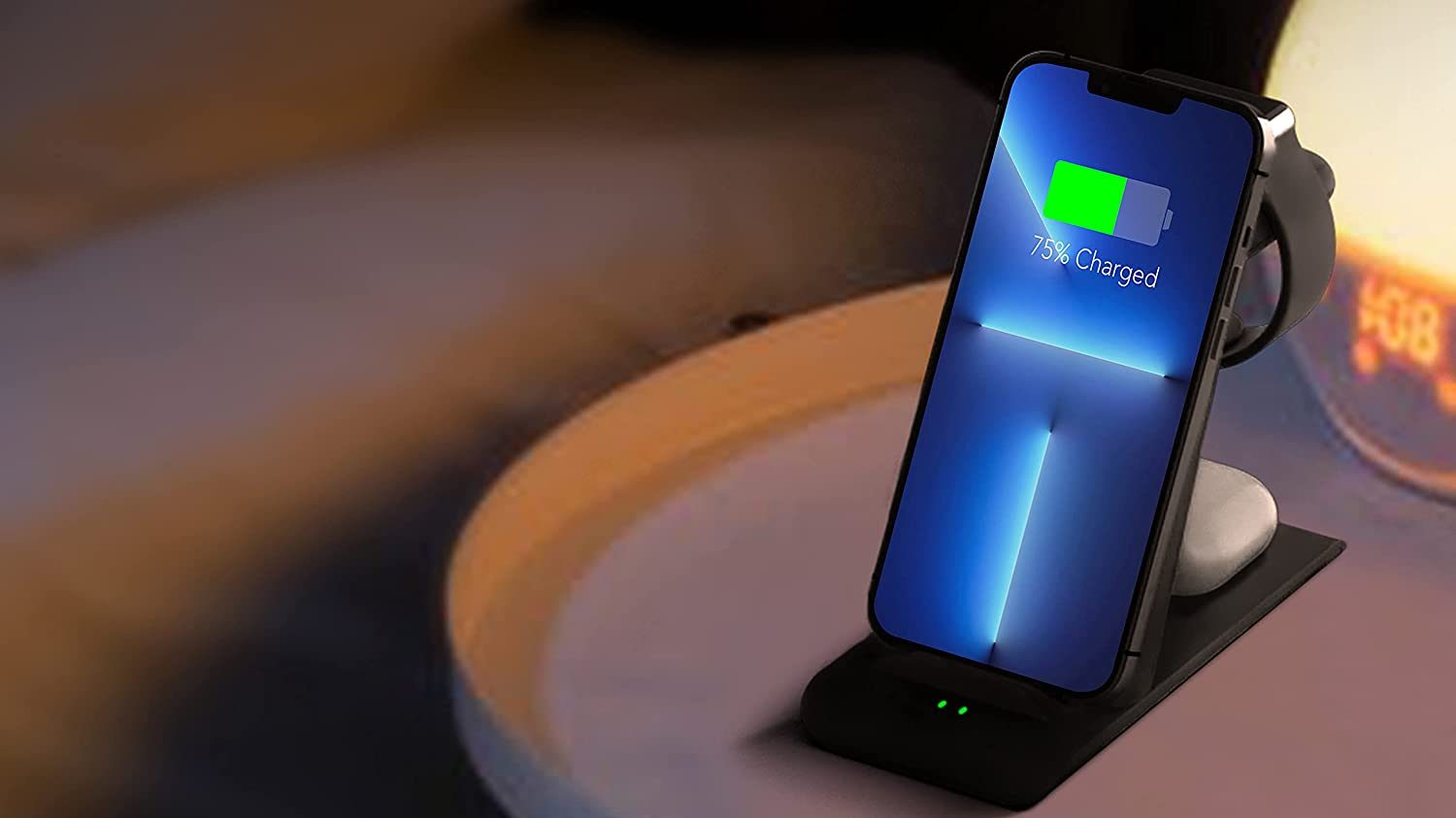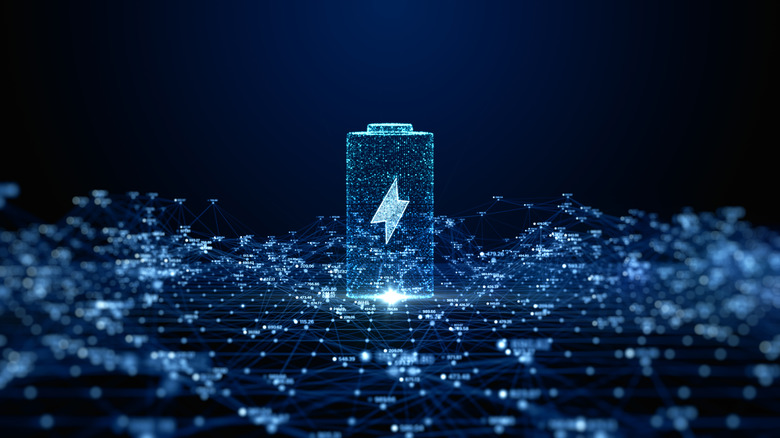Revolutionary Chemical Injection Can Almost Fully Restore Dying Batteries
Dead batteries could soon find a second lease on life thanks to a new chemical injection. One of the problems with lithium-ion batteries is that, over time, they slowly lose their charging efficacy, eventually becoming useless. However, a new battery revival injection could help reduce waste and make replacing batteries as often a thing of the past.
This particular accomplishment would be especially useful in the electric vehicle industry, where lithium-ion-powered batteries are the main power source of the vehicles themselves. Researchers found that the injection, when used on an aged or degraded battery, can restore it to near full capacity.
Using a battery revival injection on degraded batteries can reverse the degradation of batteries that have lost their power-holding capacity. But, it won't fix structurally damaged batteries, the researchers with Toyato's Central R&D Labs say.

Longer term studies of the injection are needed to fully understand how the restored battery performance holds up. But right now, the initial findings are very promising and could provide a future where battery waste isn't nearly as high as it is right now.
The researchers published their findings in the journal Joule, and they say they tested several different recovery methods but ultimately settled on a battery revival injection method that is based on lithium naphthalene, which was able to boost both the positively charged lithium ions and negatively charged electrons found in batteries.
Further, the experiment showed that the injection could restore up to 80 percent of the battery's original capacity. Overall, they say the revitalized capacity lasts through at least 100 cycles of discharging and recharging the batteries. Of course, testing to see just how many cycles the injection provides will be important.
There's no understating how important of a breakthrough this particular injection could be for the electronics industry. Batteries are a huge part of electronic waste, and being able to revitalize dead and degraded batteries could completely change the face of multiple industries, especially as fast-charging batteries become more popular in different areas.
